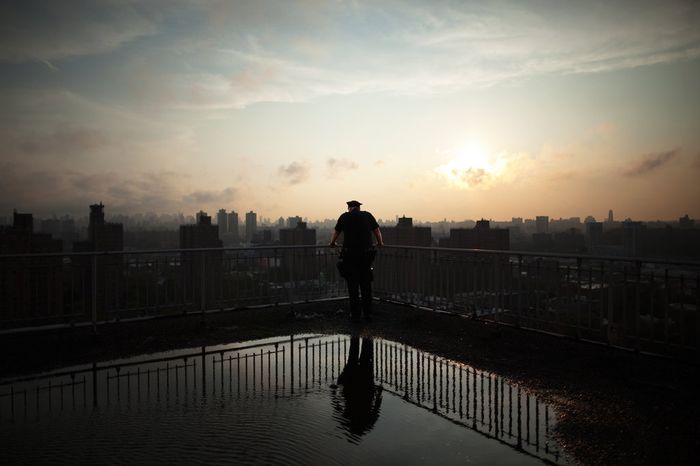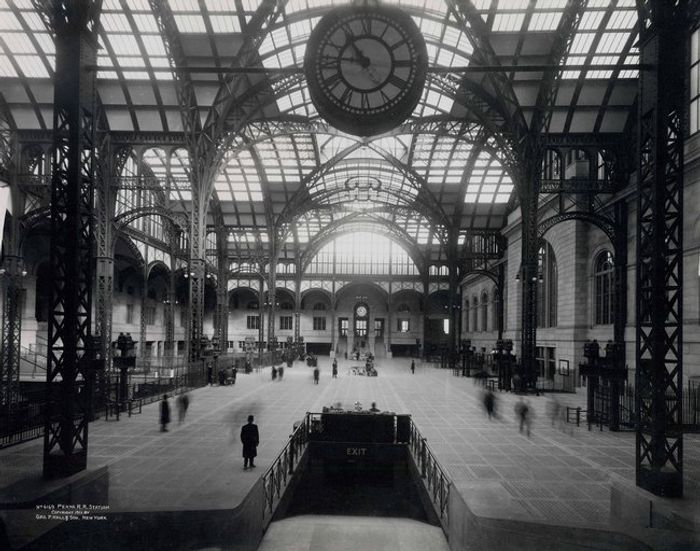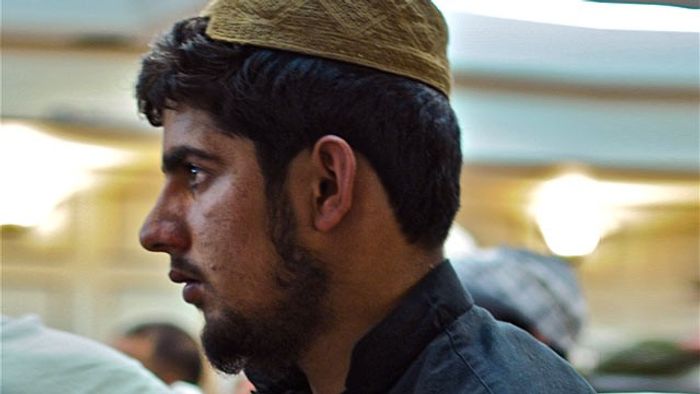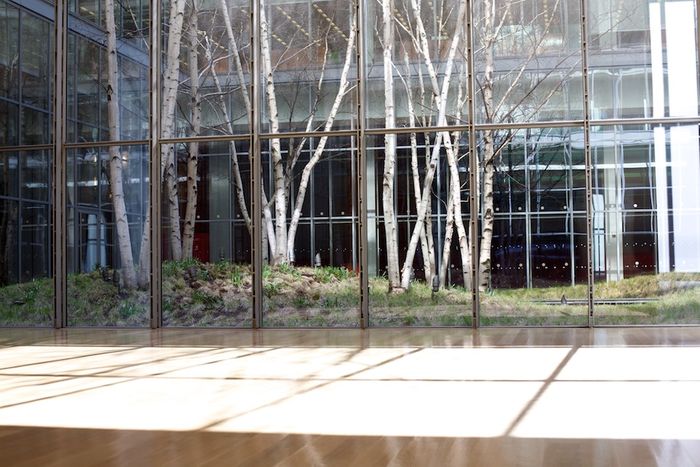This morning I was taking a second look at this post from the excellent Lens blog. It’s an interview with ICP- and RISD-trained photographer Antonio Bolfo, who became a cop and did some amazing photojournalism of rookies patrolling housing projects in New York City.

I was curious about how the Lens editors might have connected the project, called NYPD Impact, with the Ramarley Graham shooting, which happened two days before the post went up. It turns out there’s no mention of Graham in the post, and I couldn’t find any comments that made that connection.
I did find this link to an anonymous response:
‘This is like a safe haven for them,’ Bolfo tells the Times. ‘Kind of like, collect their thoughts, talk to their loved ones, be people. Shed their police persona and relax a little bit.’ It is a place forbidden to civilians. The intensity of the relief this seclusion brings the officers is inverse to their connection to the community. The more they are merely foreign occupiers, the more they enjoy the view, a view that the very residents of the buildings on which they so symbolically trod are not allowed to enjoy … The many must be excluded so that the few may have the privilege of aesthetic contemplation. After all, isn’t that the way Art works?
It’s a pretty harsh perspective, but I can’t help but wonder whether the audience for NYPD Impact actually includes those who live in the projects. The Lens piece does mention the symbolic aspect of Bolfo’s project:
[The photographs] are at turns raw and tender, scary and sweet, and they humanize people on both sides of the badge — those who wear one and those who face them, night after night.
The photos are definitely amazing (be sure to check out the full set) and certainly humanize the NYPD. But I wonder if they do so to the same degree for residents of the housing projects. I wonder about the timing of the interview, which is about a project from 2008-2009. It’s hard not to see the post as a response to community outrage, although I realize it’s most likely just an unintended coincidence.
Update: I contacted Michael Wilson, the reporter who interviewed Antonio Bolfo, and the timing of the interview was in fact coincidental:
The piece was scheduled to run when it did about a week prior, and it was completed and filed in the system before the shooting, I believe. It’s even possible the piece was edited the day of the shooting. I can see where your questions seem like obvious ones after the fact, but at the time, it just wouldn’t have occurred to anyone here to link the two.


